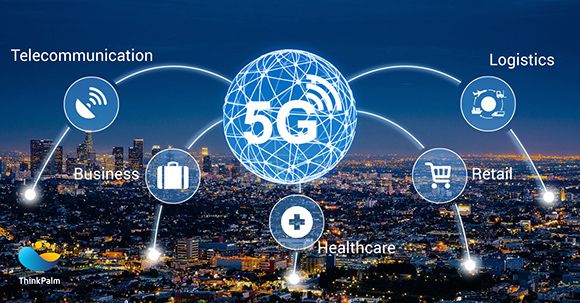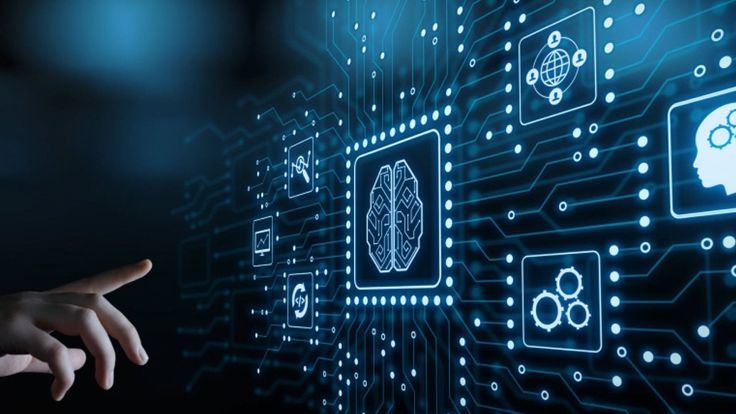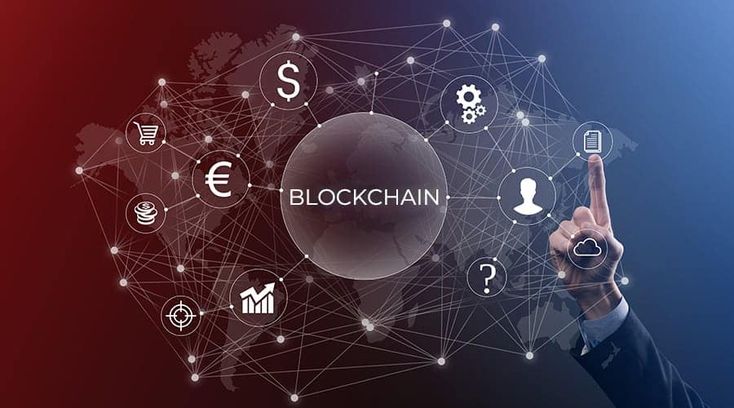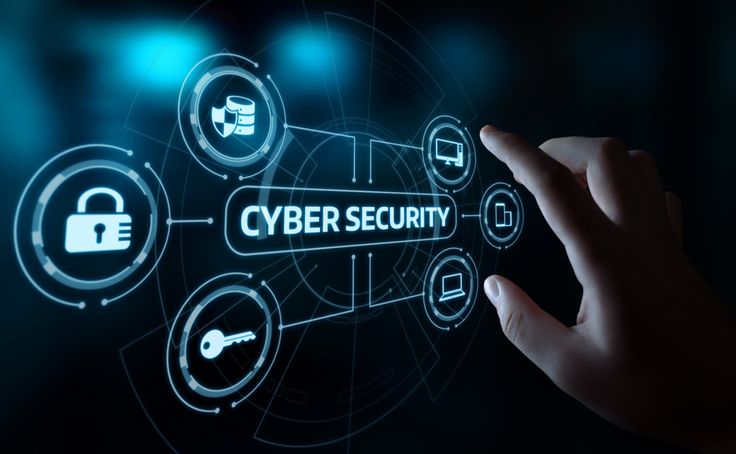5G technology, the fifth generation of wireless communication, is poised to revolutionize connectivity and unlock new possibilities for hyperconnectivity and real-time communication. With its promise of faster speeds, lower latency, and greater bandwidth, 5G has the potential to transform industries, enable new use cases, and enhance the way we live, work, and interact with technology.
One of the most significant benefits of 5G technology is its ability to deliver faster speeds and lower latency than previous generations of wireless communication. With speeds up to 100 times faster than 4G LTE and latency as low as one millisecond, 5G enables real-time communication and immersive experiences that were previously impossible. This ultra-fast and ultra-responsive connectivity opens up new possibilities for applications such as augmented reality (AR), virtual reality (VR), telemedicine, and autonomous vehicles, where split-second responsiveness is critical.
Furthermore, 5G technology offers greater bandwidth and capacity, allowing for more devices to connect simultaneously without sacrificing performance. This increased capacity is particularly important in the era of the Internet of Things (IoT), where billions of interconnected devices, sensors, and machines require seamless and reliable connectivity to operate efficiently. With 5G, IoT devices can communicate more effectively, enabling smart cities, industrial automation, remote monitoring, and intelligent transportation systems that improve efficiency, safety, and sustainability.
Another key advantage of 5G technology is its ability to enable network slicing, which allows operators to create multiple virtual networks on a single physical infrastructure. Network slicing enables customization and optimization of network resources for specific applications and use cases, such as ultra-reliable low-latency communication (URLLC) for mission-critical applications like autonomous vehicles and remote surgery, or enhanced mobile broadband (eMBB) for high-speed data services like streaming video and online gaming.
Moreover, 5G technology has the potential to bridge the digital divide and bring high-speed internet access to underserved and rural areas around the world. With its ability to deliver high-speed connectivity over longer distances and in challenging environments, 5G can provide internet access to remote communities, schools, and healthcare facilities, empowering individuals and communities with access to information, education, and opportunity.
Overall, 5G technology represents a significant leap forward in wireless communication, offering faster speeds, lower latency, greater bandwidth, and increased capacity that unlock new possibilities for hyperconnectivity and real-time communication. As businesses, governments, and consumers embrace 5G technology and its potential applications, the future of connectivity is brighter than ever before.





